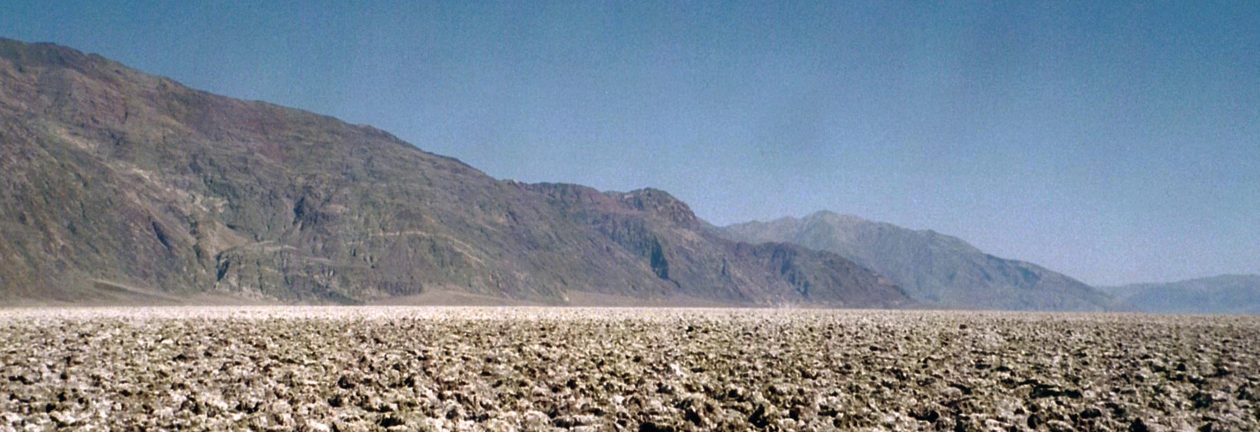Kiev, Ukraine
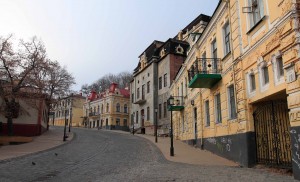
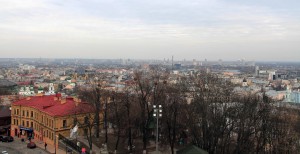
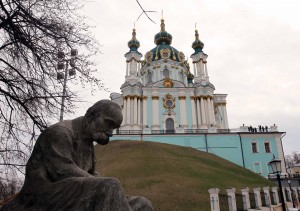
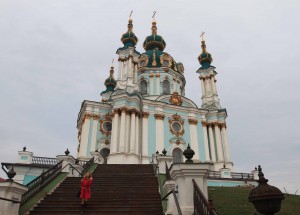
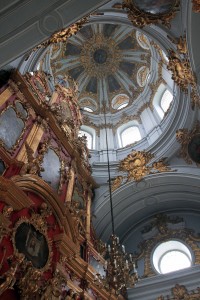
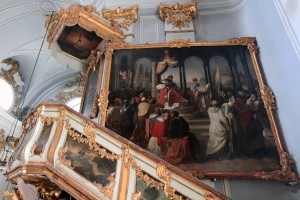
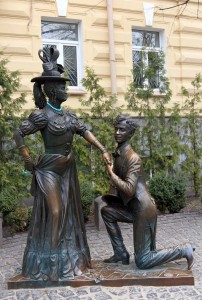
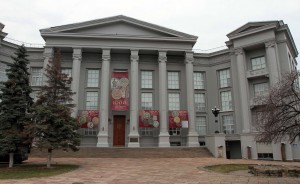
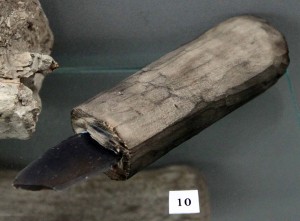
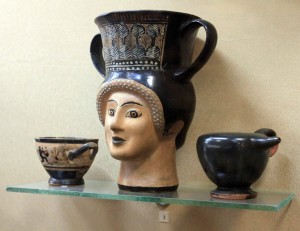
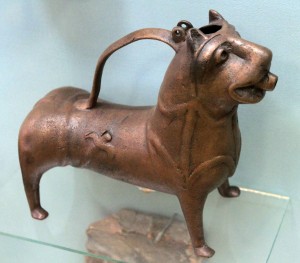
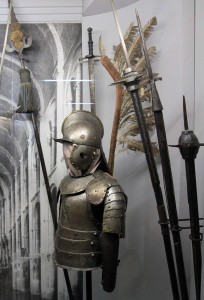
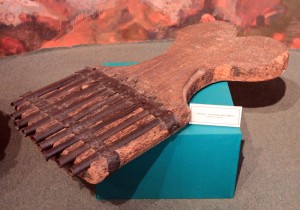
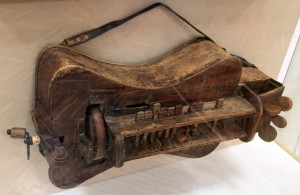
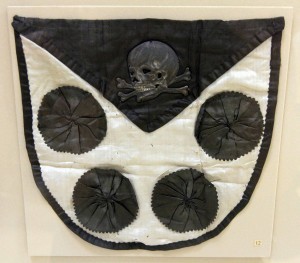
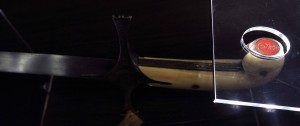
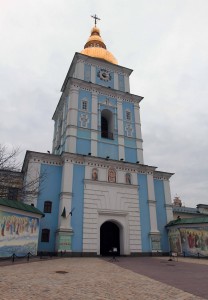
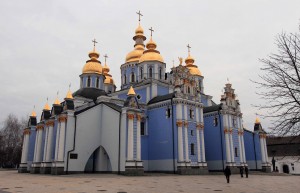
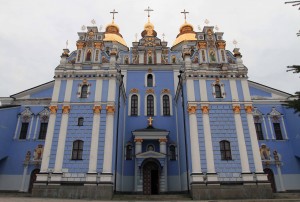
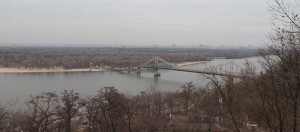
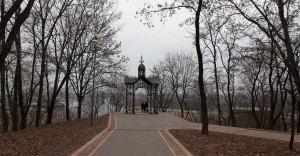
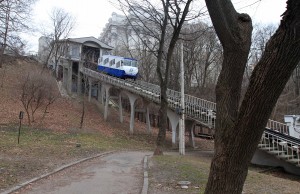
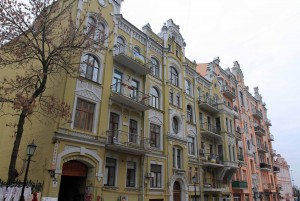
While still traveling to Kiev via train, the porter assigned to the car I was sleeping in woke me and the rest of the passengers up at about 07:10. I then got ready and waited for the next hour before the train arrived at Kiev’s Central railway Station at 08:11. Once at the station, I grabbed my bags and exited the train; then the station. At first I considered walking to the hostel I wished to stay at, but I then decided to try a taxi; I found a taxi driver near to where I was and after he finally understood where I wanted to go, he asked for twice the normal price; so I gave up on taxis and walked to the subway station. I then used the subway system to get to a station not too far from the hostel, and it was actually pretty easy to find the hostel. Unfortunately, I arrived too early and would not be able to check in until 14:00; so, in the meantime, I stored my bags in the luggage room, booked a tour to Chernobyl for the 28th, washed my dirty laundry, and ate breakfast that consisted of orange juice and eggs, bacon (oops, I forgot again – it was Friday), and lettuce piled on top of a piece of toast and covered in a sauce; I then followed that meal up with a coffee and pistachio ice cream combination. I also spent a lot of time researching the various sites I wanted to visit while in Kiev. Once my clothes had been machine-washed, I hung them out to dry and then exited the hostel with my camera in hand to explore some of the nearby sites. I first ascended up Andrew’s Descent (or “Andriyivsky Uzviz” – in Ukrainian speak), the road to St. Andrew’s Church, the Baroque church resting on top of Andriyivska Hill, overlooking a part of Kiev; the church was built in honor of Saint Andrew who is recognized as the “Apostle of Rus” (according to the chronicle ‘The Tale of Bygone Years,’ Saint Andrew came to the Dnieper River’s slopes in the first-century AD, erected a cross on the current location of the church, and predicted the area would one day become a great city; the church was designed by Bartolomeo Rastrelli and built in 1767 AD. I walked around the exterior of the church before entering inside and paying the fee to take photographs; after digitally documenting the church’s innards with my camera, I exited it and continued on the road to my next stop: the National Historical Museum of Ukraine. I entered inside the museum and walked through the history of Ukraine, staring with the Stone Age and ending with the Orange Revolution and recent unrest. The placards for each of the artifacts was typed in Ukrainian, so I had to treat each object as I would treat those found in a Fine Art museum – I had to study them and sometimes (if it wasn’t obvious) interpret them and come to my own conclusion as to what the object’s purpose was; there were, however, sheets typed in English at the entrance to each exhibition room that explained the portion of Ukrainian history that each room covered (this helped some). After touring the museum and each of its four levels for over two hours, walked outside and then to St. Michael’s Golden-Domed Monastery (located across from St. Sophia’s Cathedral, which could be seen in the distance). The monastery was originally built in the Middle Ages by Sviatopolk II Iziaslavych and comprises the cathedral itself, the Refectory of St. John the Divine (built in 1713 AD), the Economic Gates (constructed in 1760 AD), and the monastery’s bell tower, which was added circa 1716–1719 AD The exterior of the structure was rebuilt in the Ukrainian Baroque style in the eighteenth-century AD, while the interior remained in its original Byzantine style. The original cathedral was demolished by the Soviet authorities in the 1930s, but was reconstructed and opened in 1999 AD following Ukrainian independence in 1991 AD. After passing through the main entrance of the monastery, I entered inside the cathedral and looked at all the frescoes adorning its insides. I then walked around the monastery grounds before exiting it and walking back to the hostel via a path through the woods on the bluff where the monastery and St. Andrew’s Church were constructed (I also walked under the Kiev Funicular, which is located there). Upon returning to the hostel, I checked in, put my bags in the dormitory room, showered, dressed, and waited around the hostel.
At 18:06, I left the hostel and walked to the Ukrainian National Opera House, taking the same road I had walked earlier today, but continuing on after St. Michael’s Golden-Domed Monastery, passing by St. Sophia’s Cathedral, the Golden Gate (a historic gateway in the ancient city fortress), and finally coming upon the Opera House, reaching it at 18:31. I then bought a ticket for tonight’s performance of Aram Khachaturian’s ballet of ‘Spartacus’ (which began at 19:00). Unfortunately, I had a poor seat on the fourth level due to a column standing in my way, blocking the right-fore corner of the stage (I should have bought my ticket earlier today and then I would have had better seating options available to choose from). Almost as annoying, was the fact that I was seated with commoners who were too stupid to behave properly (i.e. not take photographs, stay off their cellphones, and refrain from talking and snickering like idiot children when suggestions of sex occur on stage – more on that soon). Yeah, I know I sound like an elitist typing out “commoners” and all that, but seriously, these people should know how to conduct themselves in public and especially when attending what is recognized as “high-brow” art (this isn’t the latest [H/B/N]ollywood moneymaker). Oh well, I learned my lesson: when tickets are extremely inexpensive (as is the case in Ukraine – I only paid 50 hryvnia (roughly 2.20 USD) -, pay for the best (at least a seat in a box, which would come to about 100-200 hryvnia). Surprisingly, even with the terrible seat and lousy audience, I really enjoyed the ballet and forgot about the annoyances. The ballet was very well choreographed, it had excellent costumes and props, and Spartan, though functional and well-crafted set pieces; the only negative aspect of the production was that with so many dancers, it was difficult for them to all stay synchronized and several times I witnessed a dancer that was about a half-beat out of step with the ensemble, which proved to be distracting; of course, this is something that will only improve with future performances and their last show will probably be their best. Also, I had watched a filmed performance of ‘Spartacus’ before and I don’t remember it being anywhere near as sexual as the one I viewed this evening (perhaps I wasn’t paying much attention to the television when I watched the film); this ballet had Aegina (the concubine of Crassus) wearing a leotard with a flesh-colored stripe over her left breast and a diamante over her left nipple (designed to make it appear as though her breast was constantly exposed), a stylized dance sequence where Spartacus was taken away and Phrygia (Spartacus’ wife) desired to be with him and imagined them joining together in sex (Spartacus was being carried face down and Phrygia ran up to and joined him; with the assistance of the Roman soldiers she momentarily was pressed up against his body in a missionary position), a not-at-all subtle dance where Phrygia was raped, a Roman orgy where an erotic dance was performed by a ballerina while many of the other dancers were lying together in the background squirming around with each other, and a seduction scene in Act 3 where Aegina goes to the rebellion army with the other concubines (all wearing the same leotards invoking an exposed breast) and they get the soldiers drunk and make love to them before the Roman soldiers come and capture them (also, during this rebellion-concubine orgy, Aegina takes off her “top” and is wearing a leotard designed to make it appear she is topless. Highlights from the opera were the gladiators fighting each other blindfolded and Spartacus defiantly refusing Crassus’ order to execute the last defeated gladiator and subsequently being interred in solitary confinement, each of the scenes with Spartacus and Phrygia expressing their love for each other through dance set to their theme (prominently heard in ‘Adagio of Spartacus and Phrygia’), Crassus and Aegina seducing and making love to each other, the final battle between the Roman soldiers and the rebellion ending in the death of Spartacus, and the lamentation of Phrygia at the end. Basically, with all the sex and violence in ‘Spartacus,’ this is probably the most accessible ballet for anyone not entirely enthused with bellissimo balletto (it’s the action movie of ballets . . . hmmm, maybe that explains the crowds I found myself amongst). After that wonderful production and clapping for nearly ten minutes with the rest of the audience at the end, I exited the Opera House and walked back to the hostel.
On my way back to the hostel, I stopped at a brewery restaurant and had potato pancakes with vegetable ratatouille and marinated honey mushrooms served with sour cream, a salmon steak with “saffron” sauce and mashed cauliflower, grilled vegetables, and the establishment’s own Weissbier. After dinner, I returned to the hostel, grabbed my laundered and now dried clothes, and went to sleep around 01:00.
